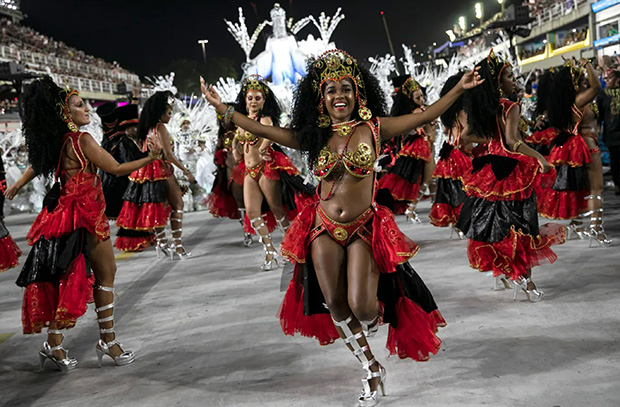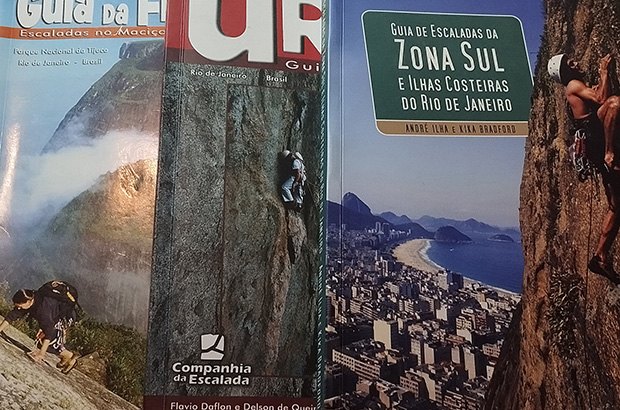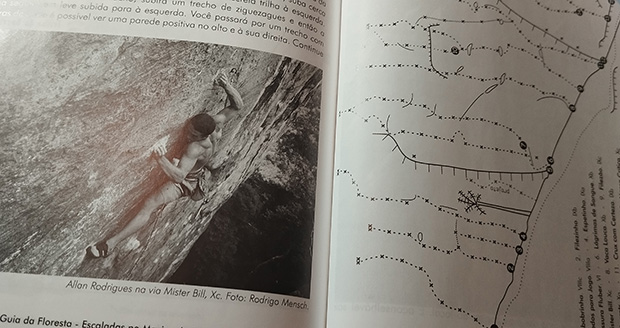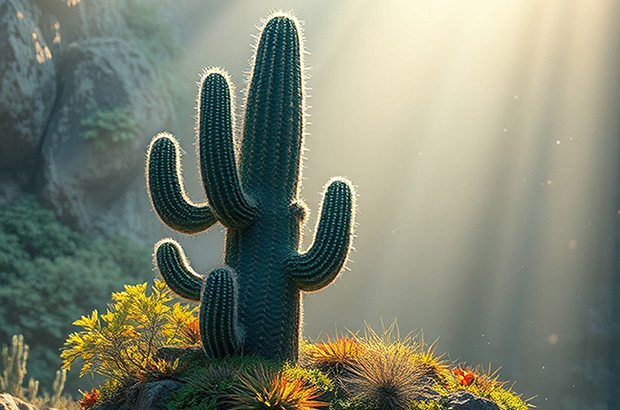About us
- Project Overview
- Concept
- Safe mountain climbing
- Safe rock climbing
- Gift sertificates
- Courses
- Feedback
-
Articles
-
Lirics, enigmas and misterios of mountain climbing
- Climbing psychology
- Kamchatka sea lions
- Ten best mountains of the world
- Machu Picchu Mystery
- Menorca - the mystery of the Talaiots
- Russian climbing reality
- The Camel
- Dyatlov group tragedy - version with no mystics
- Abandoned lighthouse
- Gaucho Argentina
- Horses and mountains
- Akershus Fortress
- Bergen, Norway
- The Pilot's ring
-
Stories about alpine climbing trips
- South Ushba via 3 buttress
- Ojos del Salado Arg side 2023
- Khan Tengri Edge of risk
- Dykh Tau and Bezengi 2023
- Mount Belukha - the Princess of Altai
- Climbing Alpamayo 2023
- Season 2023 completed
- Season 2023 specifics
- Climbing Monblan 2022
- Lifeless Sierra smiles
- Cerro Torre 50
- Siula Grande
- Climbing Kazbek. Georgia
- Ushba mountain beach
- North Ushba climb
- Morocco, Toubkal climbing
- The Life of the Valley of Sun
- Ushba. Forbidden Mountain
- Peak Lenin Climb
- Kilimanjaro climb
- Elbrus. Today, yesterday and tomorrow
- Mount Kenya climb
- Wind, Rocks and South Cross
- Kluchevskaya Sopka climb
- Peru climbing
- Touching the Legend
- Solo climb of Matterhorn
- Elbrus. Interview with rescuer
- Elbrus - the live legend
- Tian Shan, Peak Komsomol climb
- Khan Tnegri from the North
- International Ushba climb 2002
- Ushba 2002. Author Sergey Zabrodin
- Svanetia, Caucasus from the South
- Climbing Matterhorn - first article
- Climbing Belukha, Altay
-
Rockclimbing stories
- Menorca rockclimbing
- Tenerife rockclimbing
- Climbing in Mallorca January 2023
- Montserrat
- Majorca rockclimbing report 2014
- Rockclimbing in Peru - Huaraz 2023
- Mallorca rockclimbing December 2023
- Brazil rockclimbing
- Canary Islands and Tenerife
- Georgia Rockcimbing
- Madagascar rockclimbing
- Rockclimbing trip to Kalymnos, Autumn 2014
- Rockclimbing trip to Kalymnos, Spring 2014
- Rockclimbimg in Cuba
- Quadras or the architecture of the gods
- Rockcliming Armenia
- Cuba far away
- Crimea winter Rockclimbing
- Gear reviews, repairs, fails
- Iceclimbing trip stories
-
Lirics, enigmas and misterios of mountain climbing
- Codex of Mountain Guide
Brazil rockclimbing
Read in Telegram in English
Leer en Telegram en Español
Rock climbing program in Brazil
MCS AlexClimb rock climbing school
What are the similarities between Brazil and Russia? Don't rack your brains, you won't guess! Frankly speaking - these two countries have practically nothing in common, except for one small formal detail!

Colorful carnivals are held in Rio de Janeiro in February
Brazil has samba, and Russia has sambo. However, this similarity is limited only to the sound of the two words, but their meanings are diametrically different from each other.
Sparkling fiery Brazilian dance emphasizes the joy of life and the energy of movement.

Brazilian Samba
And if probably you don't know - sambo is a traditional Russian martial art which appeared during the soviet time as a form of self defence against an armed enemy. If Russian sambo wrestlers danced instead of fighting, perhaps the whole country would have a different historical path. In any case, dancing, or, as example, climbing rocks - it seems to me, is much better than breaking the arms and necks of others.
The capital of Brazil - Rio de Janeiro - is a city of beaches, carnivals and street dancing! What else do you know about Rio? Outside the climbing community, just few tourists know that Rio de Janeiro is one of the most developed outdoor climbing centers in Latin America!
The famous Copacabana - the main beach in the center of Rio de Janeiro
There is no city in LA, or perhaps even in the whole world, that has so many rocks and climbing routes that, just within the city limits, three (!) full-fledged rock climbing guidebooks have been published!

Climbing guides cover all major climbing areas in and around Rio
You can guess the climbing character of Rio de Janeiro without even setting foot on its hot soil. A few minutes before landing at Rio airport, the plane makes a huge circle, giving passengers the opportunity to enjoy unique views of the fantastically beautiful city.
Rio de Janeiro is impossible to confuse with anything - the image of a huge rock with a statue of Christ the Redeemer (Rio's visit card) has not left for many years the covers of the most popular tourist guides and the plots of exciting movies.
An airplane approaches the airport of Rio de Janeiro for landing
But the fact that on the vertical Corcovado rock, which serves as a pedestal for the famous statue, has a dozen of interesting rock climbing routes - only experts in the field of rock climbing know about this.
However, this is enough to include Rio in the world treasury of rock climbing - this sport in Brazil can be called a universal hobby and a national treasure.
Rock climbing in Rio de Janeiro
The combination of a favorable climate and an incredible abundance of rock surfaces in Rio de Janeiro and in the immediate vicinity of the city (more on this below) makes rock climbing literally a year-round activity.
You don't have to go far to do climbing - many routes start literally from the courtyards of apartment buildings - which is so convenient and practical!
In Rio de Janeiro - rock climbing is the most accessible and free kind of fitness you can practice literally in the yard
A characteristic feature of rock climbing in Rio is the main and only form of the relief that determines the class of rock climbing routes.
All the rocks in Rio and the coastal regions of Brazil are dense and smooth granite, with classic flat climbing routes that require perfect footwork technique and fine balance.
Rock climbing landscapes of Rio de Janeiro
The first time I got to the Rio cliffs, I immediately lost part of my rock climibng self confidence. Sad to remember, but my climbing biography includes this fact.
Walking in the Pão de Açúcar park, I spotted an easy (at first glance) and quite short climbing route next to the trail.
Everything looked so obvious that I rushed into battle without hesitation, hoping to impress my Brazilian friends with beautiful climbing technique. Of course, I managed to impress them... But alas, not in the way I wanted.
The climbing route, generously smeared with chalk, which looked like a children's warm-up "V", in fact turned out to be something completely different.
At first glance, everything seemed so obvious...
Firstly, it became clear that the obvious holds covered with chalk were not holds at all, but lousy slippery passive irregularities of the rock, completely unsuitable for a hand grip.
Having somehow clipped the first quickdraw, I got my hands pumped and, to the cheerful jokes of my friends, asked to pass me a "cheater stick" to clip the next quickdraw. For non-specialists, I will explain - a "cheater stick" is a device that allows you to provide yourself with top belay before performing a series of movements. This action completely devalues, from a climbing point of view, the onsighting of the route.
Rock climbing on granite has nothing in common with the usual and comfortable for us climbing on limestone rocks
At this point, I lost the mood to share in the general fun. The final shame was that even with a "cheater stick", I did not manage anything resembling to a beautiful climb.
With great difficulty and torn fingers, I climbed to the very top of a short (as it seemed to me from below) and easy (also seemed) route.
This misunderstanding marked my first acquaintance with the rocks of Brazil.
Even the simplest routes on granite, without being accustomed to this relief, can seriously hit your self-estimation
In my defense, I can only say that the route that I took for a children's "V" turned out to be a full-fledged bouldering 7b+, completely built on the technique of slab balance and climbing with practically no handholds.
Later, I realized that most of the routes in Rio de Janeiro have exactly this character - whether verticals or positive slabs, there is no point in expecting any handholds. The entire climbing technique is built exclusively on the jewelry placement of the feet on friction, or on microscopic holds.
It is far not as simple as it seems at first glance
Having extensive experience climbing overhanging 3D routes on cliffs in Europe, where the main rock is limestone or, at worst, sandstone, I was completely unprepared technically for climbing on granite, where all the climbing process takes place in a two-dimensional plane, on vertical or positive rock surfaces.
Such climbing technique is extremely demanding of nuances - starting from the quality of rock climbing shoes (you should not even think about climbing in worn or soft shoes), and ending with completely useless bouldering or gymnastic climbing skills on overhangs.
Climbing on granite requires especially careful attention to the quality of rock climbing shoes
Brazilian rock climbing has another very national feature, not related to either the rock terrain or the climbing technique.
The fact is that the accessibility of certain rock climbing sectors may have unobvious but characteristic risks for Brazil - the proximity of favelas.
Favelas in Brazil, in the broad sense of the word are slums - the poorest areas within the city limits
Favelas are the zones of Rio de Janeiro famous for their brutal crime and drug trafficking, spontaneously emerged more than half a century ago and populated by the poorest and most marginalized people.
For a tourist, entering or even approaching the borders of a favela means not just being exposed to a hypothetical risk of robbery, but definitely being robbed and beaten.
Without a doubt, Rio's favelas are an integral part of its charm, a piquant highlight. But you should better stay away from them.
One of the peculiarities of Rio de Janeiro is that the favelas directly border the most fashionable areas
By the level of probability of getting into trouble, Rio's favelas are unofficially divided into three categories (of course, not for tourists, it is only among the locals):
Yellow - you can go in relatively safely during the day time if you need drugs or prostitutes - there is nothing else there.
Red - even if you really want - you should not go - in a red favela, the probability of getting into trouble at any time of the day is very high.
Black - 100% probability of running into trouble at any time of the day, taxi drivers refuse to go.
(Dividing favelas into colors is relevant only for the native residents of Rio. For tourists, all favelas are definitely black).
Rio de Janeiro and favelas
By troubles I mean what is considered trouble in Rio - being robbed, beaten or even killed.
But if something was stolen from you in Rio - this is not trouble, but your own oversight and, to some extent, your luck. Consider yourself lucky if you managed to part with your property without using a knife or a gun.
A dead end in Portuguese - street with no exit
Having chosen in the guidebook a climbing area located some 10 kilometers from the city limits with numerous my favorite VII-grade routes, I decided to consult with local climbers about the best way to get to this beautiful place.

Originally the guide didn't mention any risks associated with climbing in this area
After explaining in my very limited Portuguese where I want to go, in response I got a burst of laughter. Brazilians generally react to many situations with laughter - this doesn't always mean that there is something really funny or even good in the subject. It's just that they have such a life position - it's better to laugh than to frown.
Then they brought a map of the area.
- What do you think is marked in red here?
- Mmm, looks like a village, favela or something?!
- Well done, you guessed! And here, look, it's also red. Now tell us, where is your climbing sector?
- Hm, approximately at an equal distance between two favelas. And what kind of problem is that to me?
In response to this question, everybody laughed again.
- Don't they teach math in your schools in Russia? It's just like 2x2, or even easier - try solve a children's problem! The probability that you will be beaten and robbed by the inhabitants of favela #1 is about 50%. The probability of getting the same gifts from the inhabitants of favela #2 is the same - 50%.
Now use your ingenuity and calculate with what probability you will get back to Rio de Janeiro with a smashed nose and without your climbing gear?
Paradise on earth cannot be without a wormhole - otherwise beauty and ugliness would not differ from each other
After basic calculations, I decided that my climbing training schedule in Rio de Janeiro could do without expanding the geography towards the favelas.
We made our way to the foot of the rock face through thickets of cacti and large agaves covered with vines. Parrots and small fluffy monkeys with unkind eyes darted in the branches.
Like many representatives of the fauna of Brazil, there is nothing friendly in the look of these monkeys
The endless vertical of Corcovado rock, the symbol of Rio de Janeiro and (unofficially) all Brazilian rock climbing, went somewhere into the sky. Only the most callous and insensitive fan of dusty bouldering in the closet could not wish to climb such beauty.
If there are ideal rock climbing locations, then Corcovado is one of the best. The position of the granit face is strictly to the east, towards the city center, where the round Sugarloaf hill rises on a small peninsula, and behind it - there is only the endless blue of the ocean.
This is how Rio de Janeiro looks from the height of Corcovado rock
The panorama of Rio de Janeiro from this point looks like a fantastic drawing from another reality, so clearly does every detail of the landscape harmonize with the overall picture, as if according to a single precise plan of a brilliant artist.
After the first easy pitches of the rock, the feeling of stuffiness of the tropical forest disappeared, a fresh sea breeze blew, it seemed that we were climbing right above the endless ocean.
The crux section of the route was a giant cactus growing out of the face.

The only thing worse than falling on a cactus is sitting on a sea urchin. Take my word for it - that is a painful experience
A few careful movements of the traverse to the left were especially exciting. In case of a fall, I would have to fly straight into the wide arms of a huge prickly monster.
The prospect of spending a week pulling needles out of myself was extremely unpleasant, so, concentrating on every move, I carefully moved towards larger holds and clipped in the belay. The danger had passed, but the feeling of a failed intimacy to the cactus did not leave me for another couple of hundred vertical meters.
Most tourists who come here by bus do not even suspect what vivid emotions can be experienced, climbing Corcovado rock along its vertical face
- Friend, you should not sit on the railing, it is dangerous - politely addressed me the approached security guard.
- Yes, yes, it is very dangerous - I agreed, and continued to pull a rope over the parapet, belaying my partner. His helmet flashed white far below, among the bushes clinging to the cliff on the last vertical section below Corcovado summit.
The author of the text, photographs and rock climbing trip to Brazil - Alex Trubachev
Your guide to mountaineering and rock climbing in Brazil, Argentina, Peru and Bolivia
MCS EDIT 2024
Our Principles
AlexClimb Rule #1 - Safety First
From the very beginning of our activity, here nearly 16 years, the first Principle of work of School of mountaineering and rock-climbing of MCS AlexClimb is the Safety Priority. On the basis of this Principle all process of training is based, all programs and rounds are developed and carried out only within this main principle. We consider that at professional approach to development of programs, at personal discipline and correctly put motivation - occupations by mountaineering and rock-climbing are COMPLETELY safe. And from the return - all troubles and accidents in our sport come from nonprofessionalism, from ignorance or neglect by elementary standards of safety, from irrational motivation, from revaluation of own forces and opportunities. All these prerequisites we COMPLETELY EXCLUDE in our work - ours Rock-climbing, Ice climbing and Mountaineering are based on one Principle - the Safety Priority. In rock-climbing, mountaineering and ice climbing, the Priority of Safety of MCS AlexClimb-is your personal security and comfort irrespective of, than we are engaged - we train muscles and we work technology of the movement in the sports hall and on the rock climbing wall, we make the way through snowstorm to top or we relax on golden sand of the Caribbean beach after hot day of trainings on rocks. The Safety priority - the main credo of School of mountaineering and rock-climbing of MCS AlexClimb.
AlexClimb Rule #2 - Leave No Trace
Closely interacting with Nature, working with the active programs in mountains, woods, lakes and rivers, we perfectly understand the importance of carefull and respectfull bahavior towards the Nature, for its resources. From the very beginning of our outdoor-activity we adopted rules of Leave No Trace technique - the standard of behavior of the person accepted in all the civilized world in relation to environment and especially - to the wild nature. After all on the relation of people to the nature near which they exist, itself can draw dalekoidushchy conclusions on the relation of these people to... Where and as we didn't travel - we don't reserve any garbage, we try to reduce whenever possible our influence on environment to a minimum. We clear earlier zagryazyonny tourist parking of the left garbage, we take out and we take out to utilization places that to us other people left there. We consider that only thus, at personal individual consciousness of each citizen, each tourist, climber or autotraveller, we will be able to keep the nature surrounding us in its state, natural, suitable for life, - in it pledge of the healthy future for ourselves and our children.





